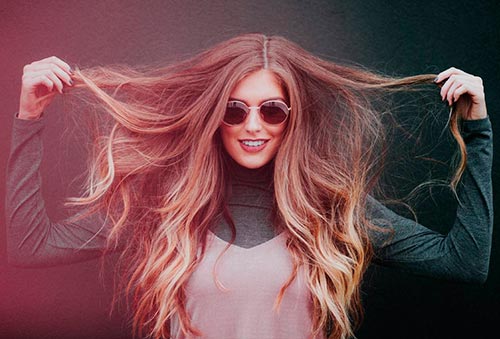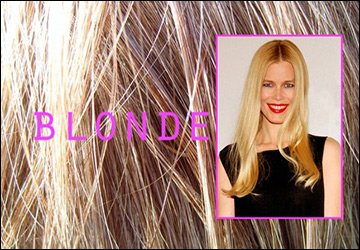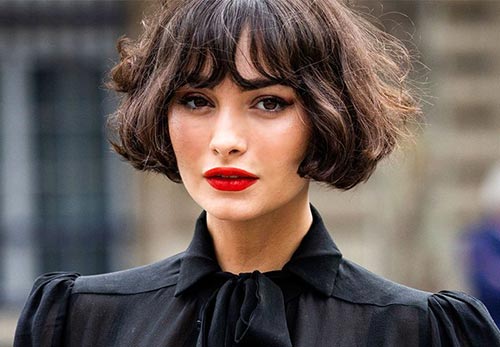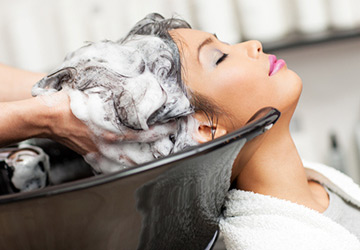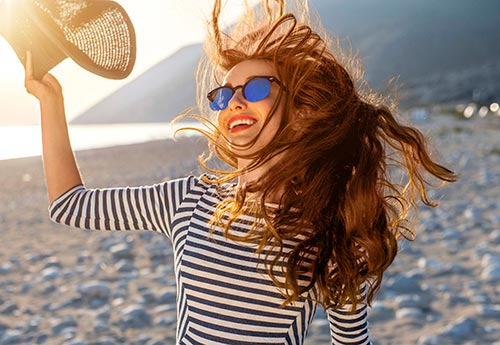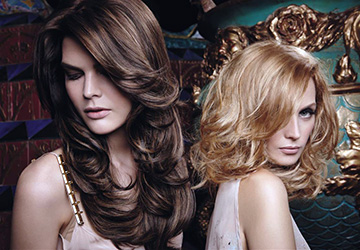Hair care
How to dry your hair: main myths and misconceptions
It is generally accepted that you need to dry your hair exclusively in a natural way, and the hot air of a hairdryer mercilessly spoils them. And also that wet hair can be wrapped with a towel so that all excess water is absorbed. But, as it turned out, these are very common misconceptions and myths that we propose to debunk, based on the opinion of scientists.
Myth # 1: Dry your hair naturally
We are told so much that blow-drying is harmful that we believe it unconditionally. But, for example, a scientist at the University of Cambridge, Tim Moore, who specializes in the structure of curls, analyzed the process of drying them for several years! And he came to the conclusion that drying hair naturally is the worst thing that can happen to them. Why? We explain in detail.
The hair has a very complex structure. Its outer layer (cuticle) protects the inner part (cortex) from harmful influences. The cortex is made up of protein, and therefore, upon contact with water, it swells and increases in volume. The cuticle, on the other hand, consists of oblong scales, which open up due to the increase in the volume of the cortex. In this case, the inner part of the hair becomes fragile and defenseless. And the longer contact with water lasts, the more the cortex swells, and the more the cuticle opens. Therefore, leaving your hair to dry naturally means exposing it to external negative influences, making it more fragile and brittle.

Fact: Blow-dry your hair better
Tim Moore assures that the curls should be dried with a hairdryer immediately after washing. First, blot them with a towel to remove excess water that will drain. But do not rub your hair or wrap it in a towel knot, because wet hair stretches like rubber due to the swelling of the cortex and the opening of the cuticle. In addition, a tight towel knot can damage the hair roots and hair follicles, which can lead to hair loss.
It is enough to blot your hair very gently, then apply thermal protection from hot air to it - these can be sprays, liquids, serums, balms that do not need to be washed off. You don't need to comb your hair (see the next myth), start blow-drying it right away, gently prying apart the strands with your fingers. The air of the hair dryer should not be as hot as possible, and you need to dry the curls at a distance, and not pressing the hair dryer to the strands.
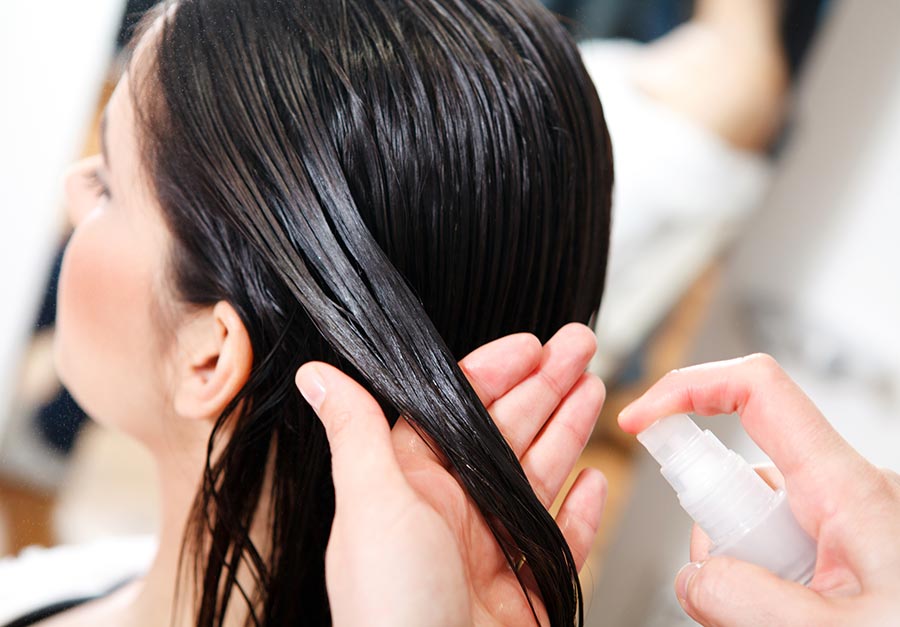
Myth # 2: Wet hair needs to be combed.
Let's go back to the educational program about what happens to the hair when it comes into contact with moisture. It becomes very vulnerable, brittle and stretched like rubber. Using a brush or a fine-toothed comb will prevent you from combing your curls without damaging them, but will only stretch your hair even further. Thinness, brittleness, brittleness, the section of hair not even at the ends, but from the middle - all this is a consequence of the fact that combs and even brushing are applied to wet hair for styling.
Fact: Hair must be carefully prepared for drying.
After washing, the hair is very tangled, therefore, yes, it really needs to be prepared so that mats do not form during drying. Use a sparse-toothed comb, preferably a flat, non-electrifying material. Gently begin to unravel the strands from the very ends, gradually moving towards the middle and towards the roots. Do not try to comb your hair to perfection, it should not be done for the reasons described above. It is enough just to untangle them in order to prepare them for drying.
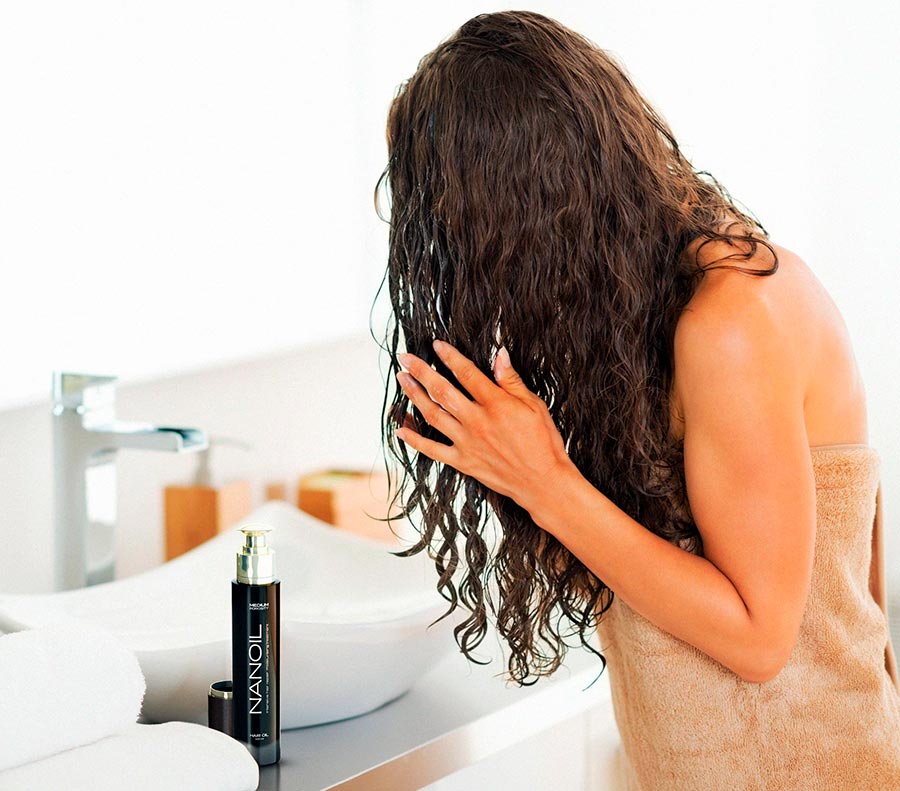
If your hair is thin and tangled too much, take a hairdryer and turn on the cold air. Go through the strands with a stream of air for 2-3 minutes, while gently unraveling them with your fingers. After that, you can take the comb and try to comb them a little more thoroughly, and then proceed to dry with warm air.Tim Moore does not recommend using the advertised products to facilitate combing hair, as they contain silicones that do not wash out with water, which can harm curls.
Myth # 3: It is better to dry hair upside down for more volume.
Many are accustomed to drying their hair with their heads tilted downward, believing that this will create more volume at the roots. However, this is not the case, according to stylists and hairdressers. Rather, on the contrary, when drying hair down, many pay attention to the roots, not drying the ends properly.
When you straighten up, all the volume at the roots will disappear under the weight of the hair still saturated with moisture. Moreover, drying upside down, in the opposite direction to that in which the strands are used to lie, can damage the hair follicles. This, again, can lead to hair loss.
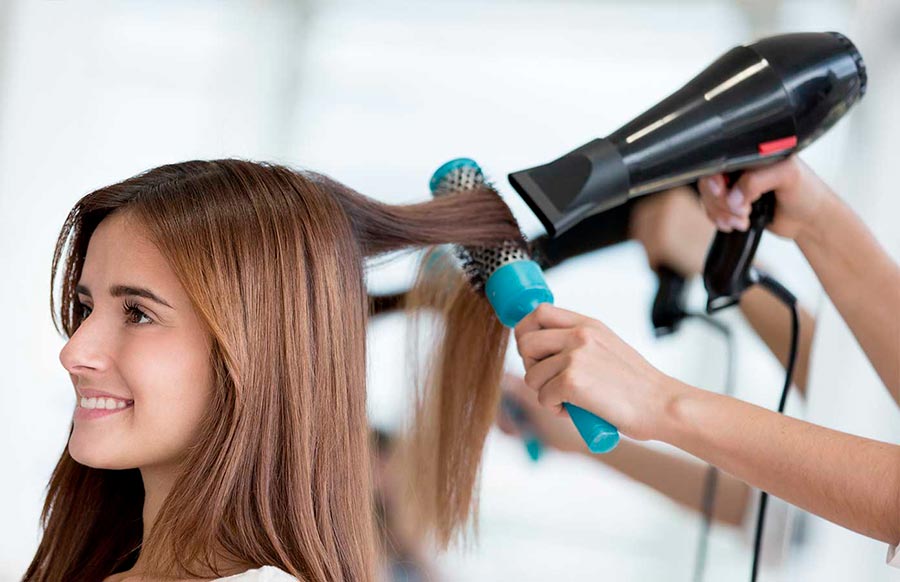
Fact: Brush dry hair to create volume
Do not tilt your head down while drying. While your hair is still wet, dry it randomly. Direct the stream of the hair dryer in different directions, and carefully disassemble the strands with your fingers. When the curls are dry enough, part them with a thin comb and dry again. When they are completely dry, you can start laying them, not earlier. Take a special brush and use it to lift the curls at the roots, directing a stream of air to the brush. Remember, the air should not be hot, and you need to complete the styling of the strand with cold air.
Myth # 4: Iron and curling iron can be used immediately after blow drying
Professor Tim Moore generally has a very negative attitude towards all thermo-laying devices except the hair dryer. He argues that with the right and competent care, with regular trimming of split ends and careful treatment of curls, just one hair dryer is enough for perfect styling. But in any case, if you cannot do without a straightener or curling iron, do not use them immediately after drying.
The fact is that the hair dryer does not completely dry out the hair, one way or another, they are still saturated with moisture. Just imagine what happens to water at high temperatures: it simply boils! This is exactly what will happen inside your hair, which still has moisture, if you run a hot iron or curling iron over the strand. Drops of moisture expand instantly, boiling and incinerating the contents of the hair - the very cortex that is its basis.
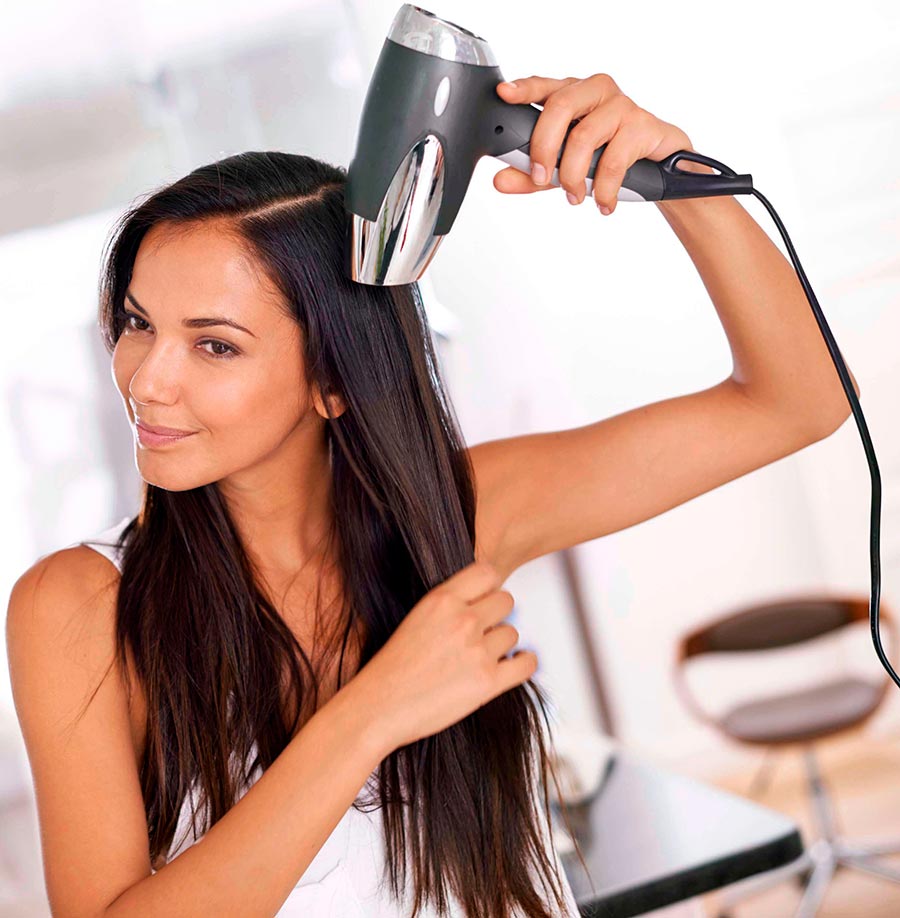
Fact: only use thermal devices on COMPLETELY dry hair
After thoroughly drying your hair with a hairdryer, you should wait at least another 20-30 minutes for the moisture to completely evaporate. If possible, wait even longer. And if possible, do not use contact devices for heat-laying at all (irons, curling irons, tongs, etc.). Set the temperature on the devices to no higher than 200 degrees. If the curls lend themselves to styling at the minimum temperature of the device - use this, try different modes, experiment.
And again, don't forget about heat protectors for styling, just do not use oil or oil products before hot styling. The oil on your hair, when exposed to an iron or curling iron, will simply "fry" the curls like in a pan, and this is even worse than boiling water inside the hair. The oil should be applied to the strands only after the end of styling in order to "seal" the split ends. And be sure to wash it off well with shampoo the next time you wash it.
Comments and Reviews
Add a comment
Rating news
Shades of clothing that make women look younger
What shades of hair make women younger: rules and photos
Funny wedding dresses - photos and ideas
12 most expensive down jackets for the winter
How to look 25 at 40: tips from supermodels
Beautiful schoolgirls
Anti-aging haircuts and hairstyles for women
Fashionable skirts for autumn and winter
Fashionable women's trousers for the cold season
Fashionable and stylish sandals for summer 2024
Spring-summer 2024
 Fashionable dresses and tops with thin spaghetti straps
Fashionable dresses and tops with thin spaghetti straps
 Bandana tops: how to wear stylishly and beautifully
Bandana tops: how to wear stylishly and beautifully
 How to put together the perfect men's wardrobe for the summer
How to put together the perfect men's wardrobe for the summer
 Trendy shorts for spring-summer 2024
Trendy shorts for spring-summer 2024
 Fashionable skirts for spring-summer 2024: a guide to online shopping
Fashionable skirts for spring-summer 2024: a guide to online shopping
 The most fashionable dresses spring-summer 2024: styles and colors
The most fashionable dresses spring-summer 2024: styles and colors
 Fashionable total look 2024: image ideas and trends
Fashionable total look 2024: image ideas and trends
